UK Paper Back Cover Art: Rates and Trends by Guest Author, Bryn Havord
Trends were very much the same here in the UK, although the fees paid were, of course, different to those paid in the USA: we in the UK were always the poor relations.
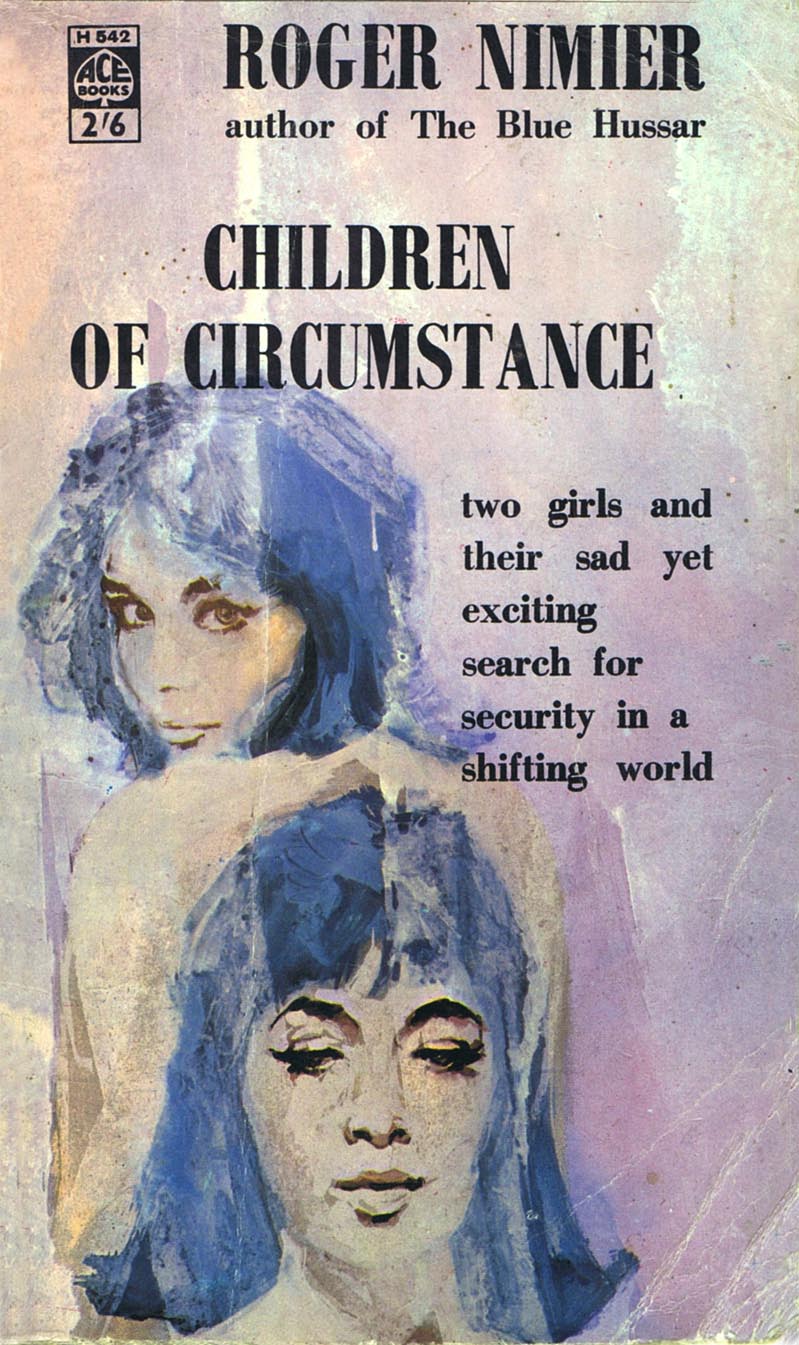
As in America, in the mid 1960s here, TV started to seriously damage ad revenues in magazines, paginations went down, and there was a decline in interest in fiction in the women's magazines.
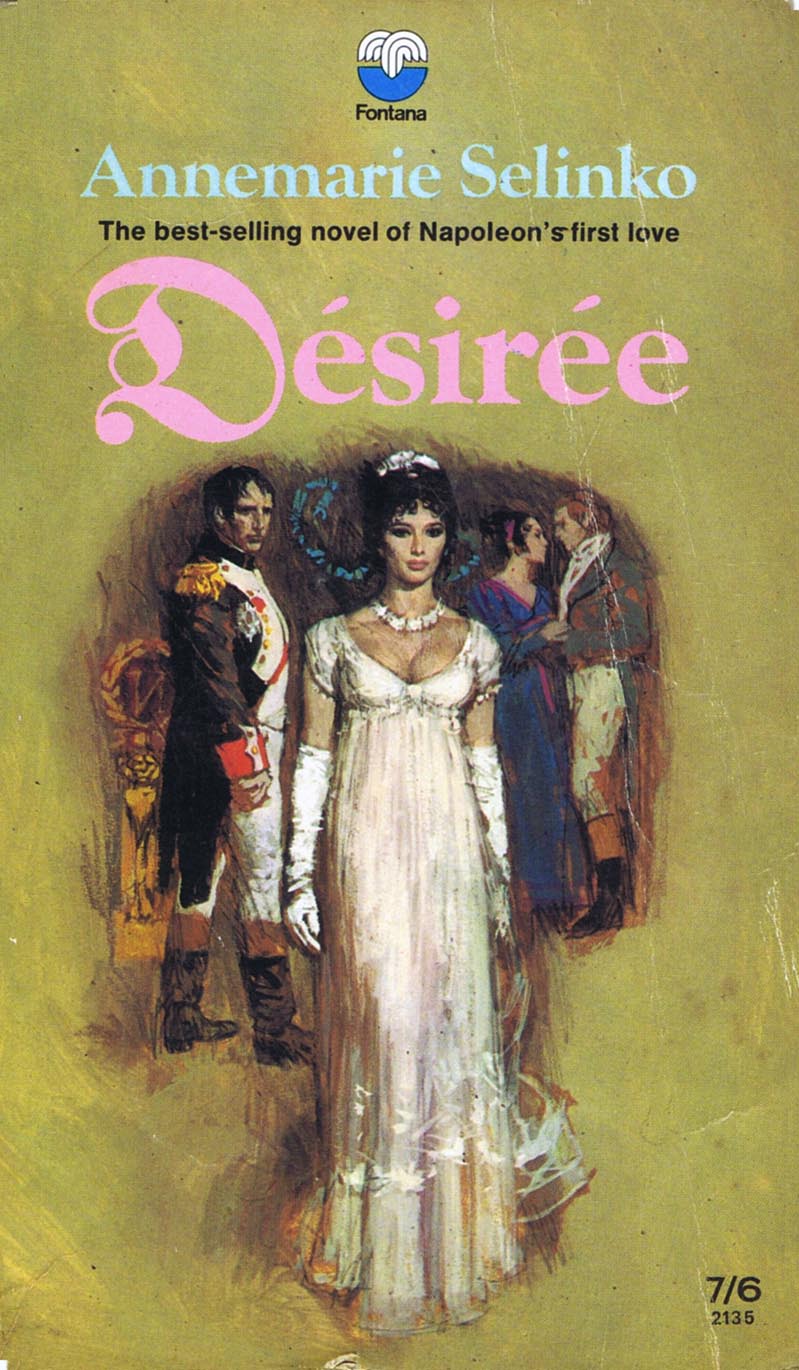
When I left my job as associate editor and art director of Woman's Mirror magazine, I went to work in national daily newspapers. The main reason for my decision was that I didn't like the way marketing and sales departments were starting to influence the type of illustration used, and the trend to use more photography to illustrate some of what little fiction was still being published.
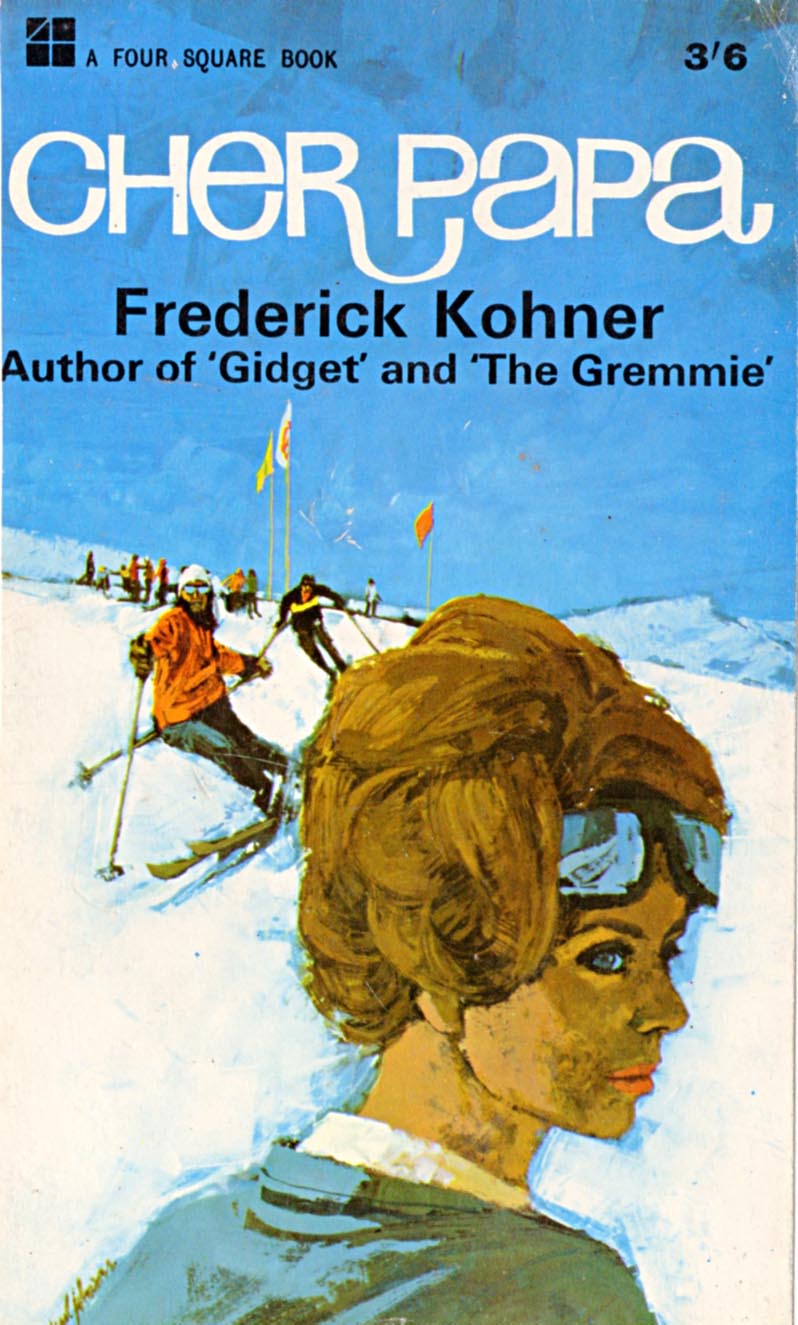
This trend was even more serious in paperback book publishing. I thought that the early to mid '60s was really exciting with the variety of work being produced by illustrators here in the UK and the USA. In particular, Bernie Fuchs, Bob Peak and Robert Heindel and so many others in the USA, and Walter Wyles, Michael Johnson and Brian Sanders, and so many others, here in the UK.
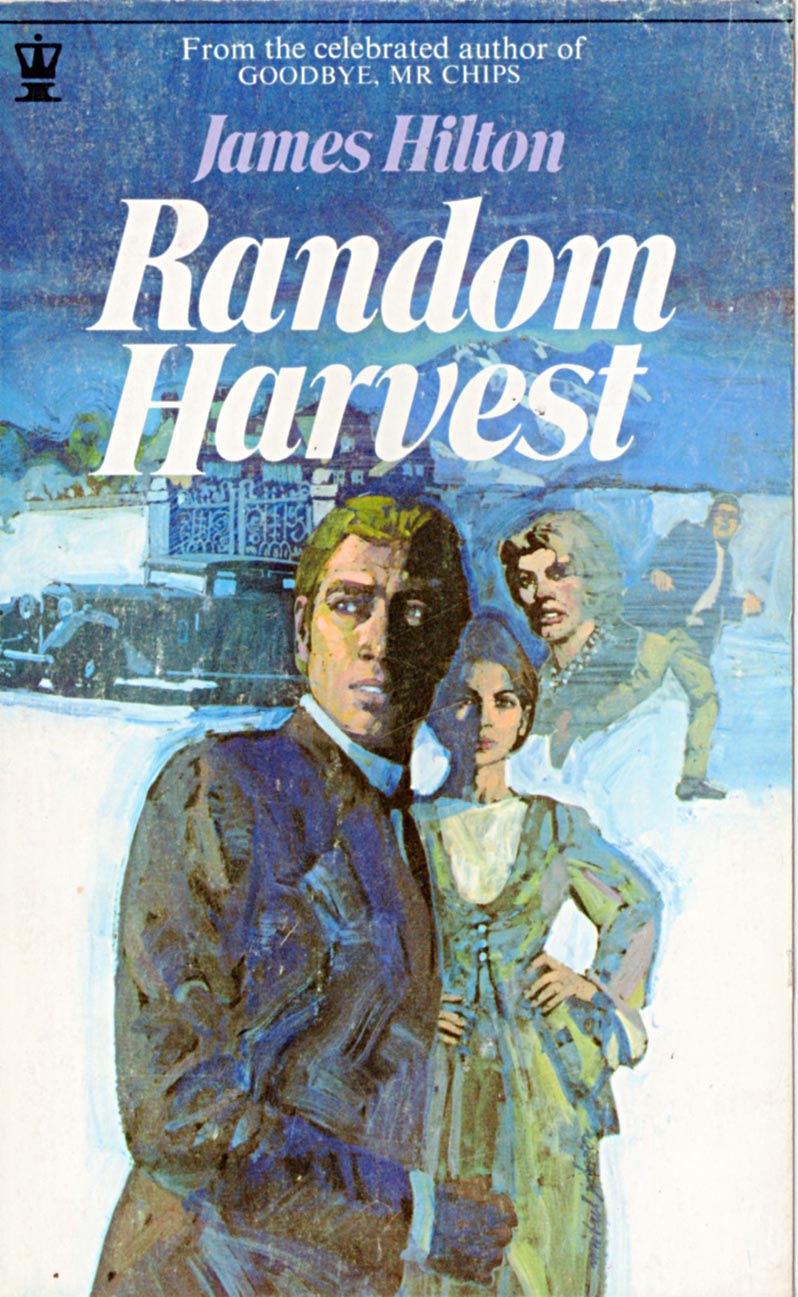
For five years from 1960 until 1965, I found every working day highly charged with excitement. Not only with the work I was doing, and the work I was commissioning from British artists, and with the second rights material available from the US. Moreover, going into W H Smiths, our main newsagents and paperback book sellers, was a must every week as we didn't want to miss any of the terrific work being published in the magazines, newspapers and paperback books.

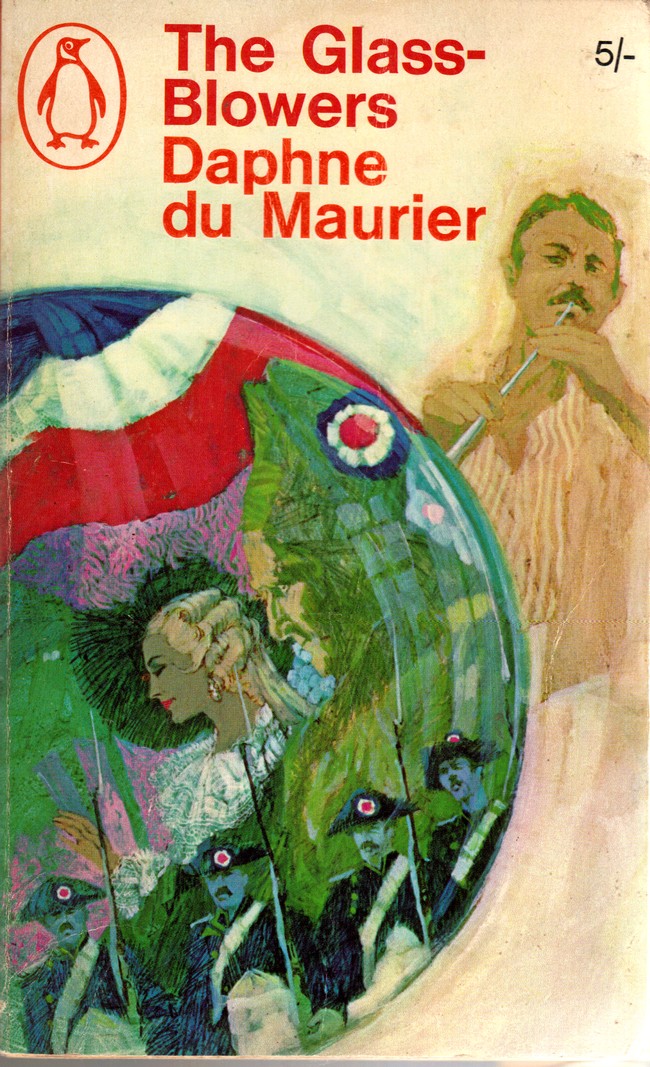
As a rough guide, in the sixties the average fee for a paperback cover was £100.00: in the seventies £350.00, and in the eighties £750.00. These were not giant leaps forward, but merely keeping pace with inflation. (If I remember correctly there were $2.40 US to £1.00 in the mid '60s, and today it's around $1.60 US to £1.00.)
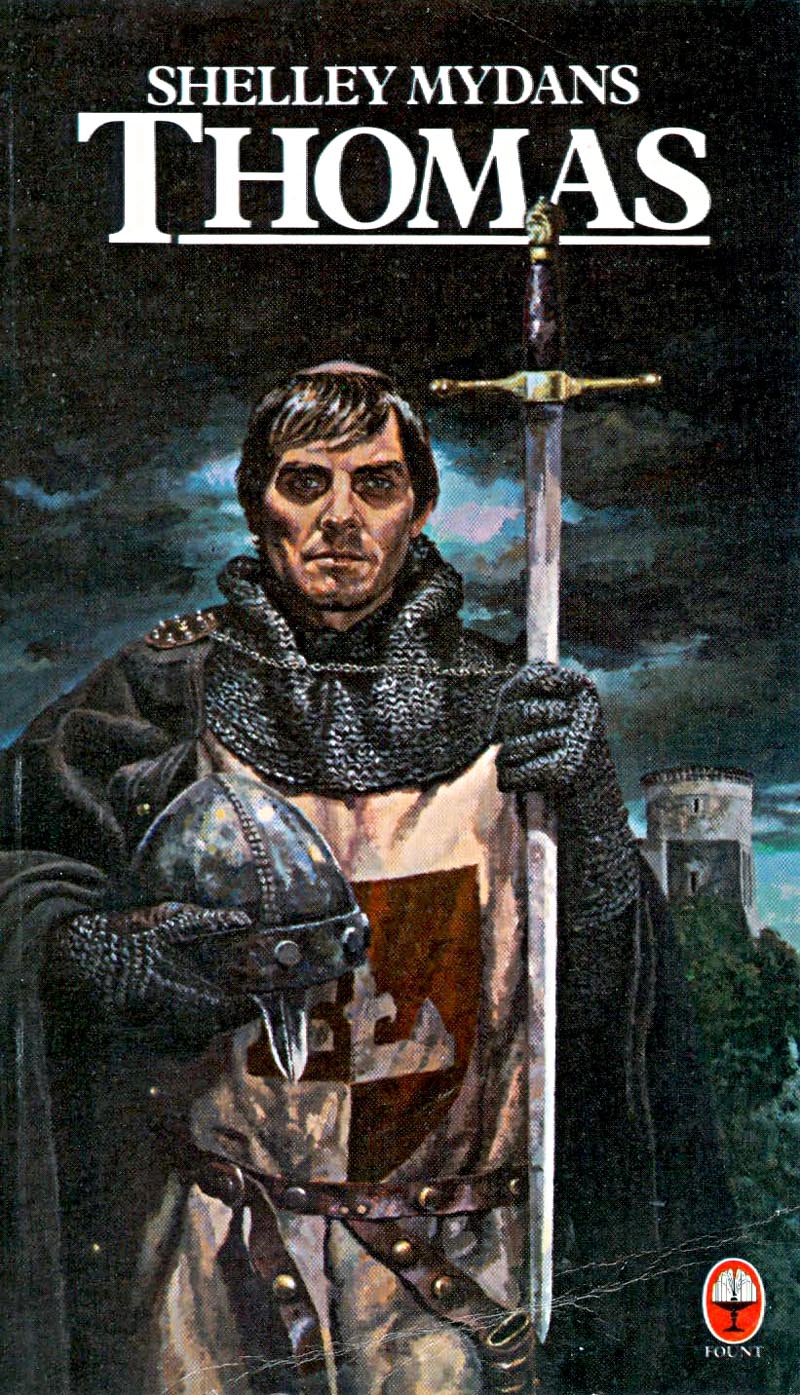
Furthermore, not many of us were as fortunate as our America cousins when if came to rights. It was pretty rare for any of us to retain any reproduction rights, with syndication departments of magazine and paperback publishers selling the rights to our work many times over.

Brian Sanders has just told me, which I had forgotten, that the most serious influence on paperback book art directors were the sales and marketing departments. If a book achieved impressive sales, the next few books had to look the same. Increasingly, photographs were being used. Those specifically commissioned by art directors were good, but the increasing trend was to buy stock photographs which, of course, were cheaper, and easier to obtain.
I know from experience, that commissioning art work from illustrators is a highly skilled job, and I hear that there are not many art directors today, who are possessed of the necessary skills.
I attach two examples: a variety of paperback covers produced in the '60s using illustrations...
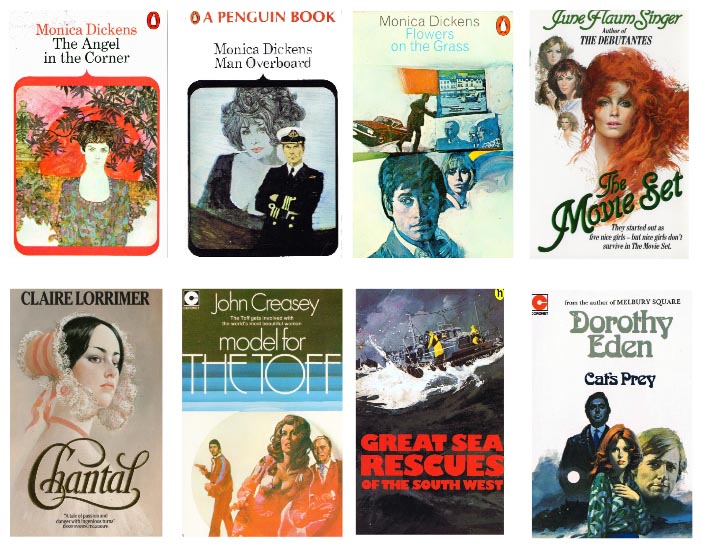
... and some recently published paperbacks using photographs.
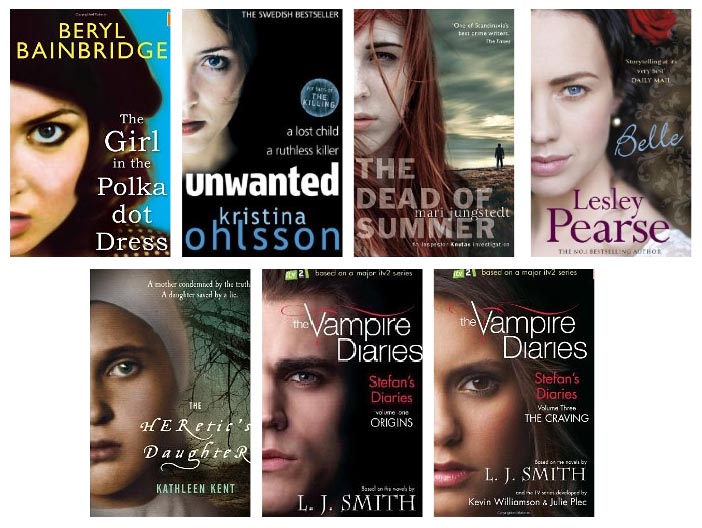
I'm sure that you will see the variety in Brian Sander's work, even for two books in the same series (the Monica Dickens covers), as well as the variety of the work produced by the other illustrators who include Walter Wyles and Michael Johnson.
Don't you think the illustrations and covers produced over 45 years ago knock spots off the recent photographic crap?
Oh well, that's progress!






0 comments:
Post a Comment